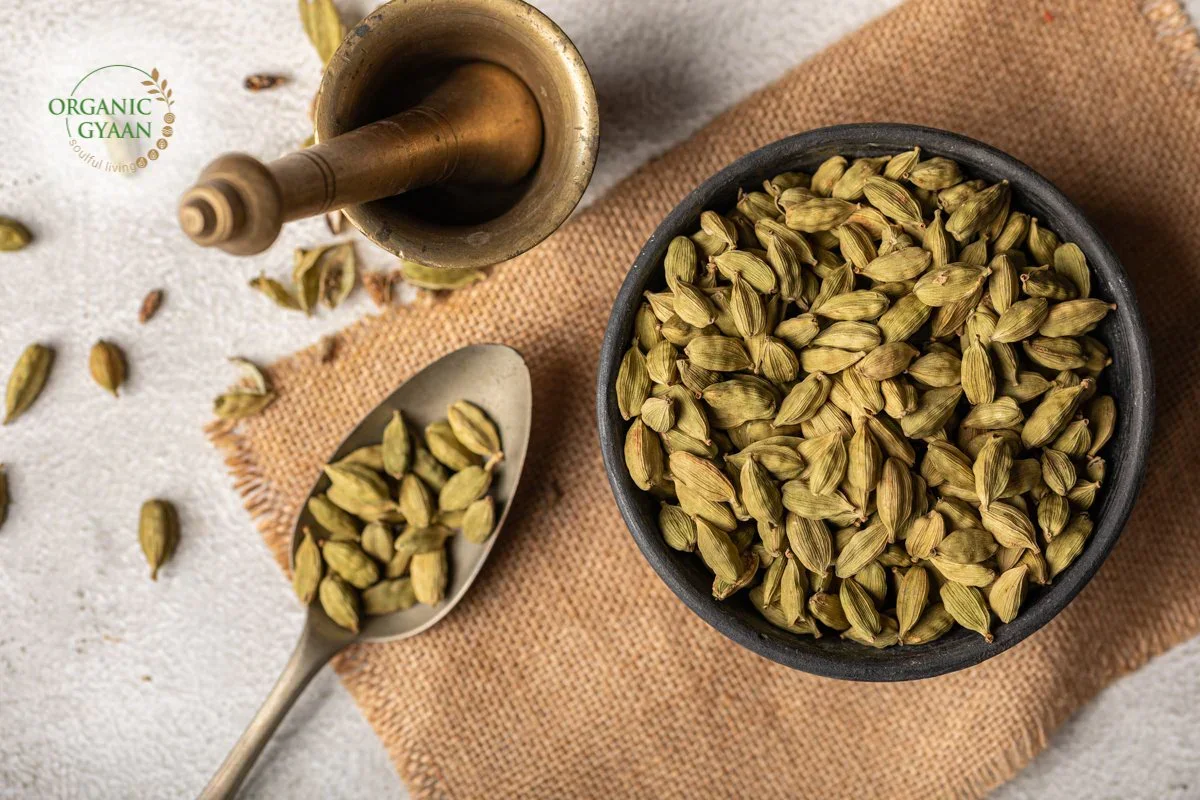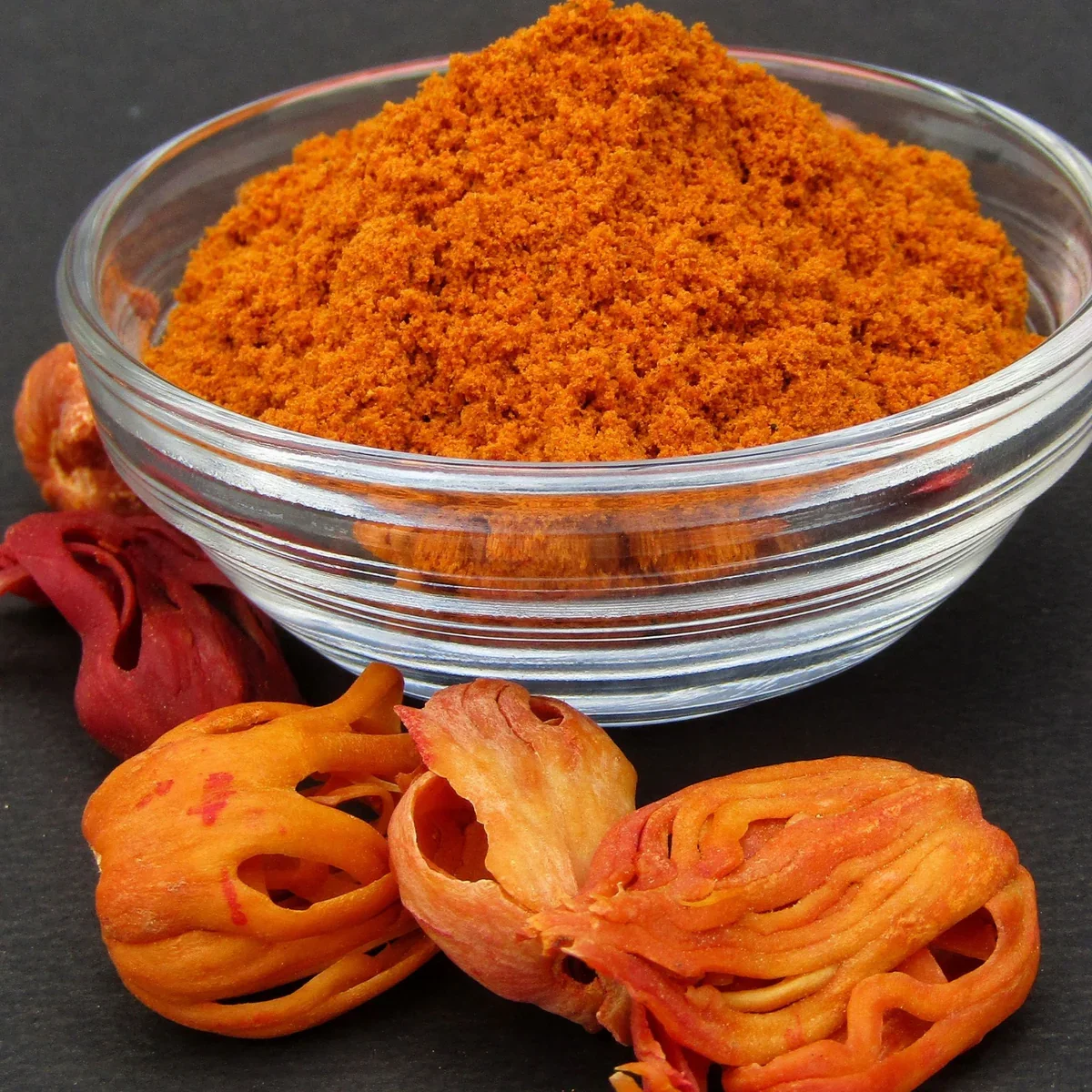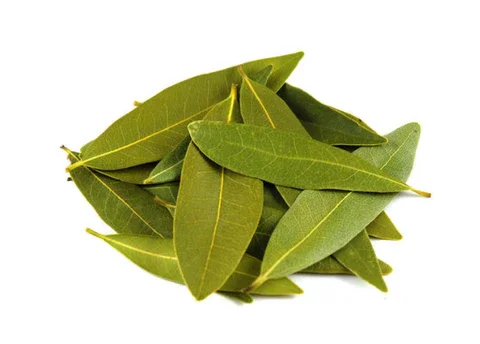GOOD TO KNOW
THE SPICES OF AUTUMN: YOUR GUIDE TO FALL FLAVOR
Welcome to Spice Season
Summer is all about fresh herbs, citrus, and grill smoke. Fall? That’s spice season. When the air turns crisp and the sweaters come out, so do jars of cinnamon, nutmeg, clove, and friends. These spices don’t just make pies taste like nostalgia—they’re culinary workhorses, equally at home in a rustic stew as in your morning latte.
The Fall Spice Roster
CINNAMON
Flavor profile: Sweet, woody, and warm, with a delicate hint of spice and earthiness.
Uses: Essential in both sweet and savory dishes — apple pie, cinnamon rolls, French toast, curries, stews, and roasted carrots.
Fun fact: Cinnamon comes from the inner bark of trees in the Cinnamomum family. The “true” cinnamon (Ceylon) is softer and sweeter, while Cassia (the common grocery store kind) is bolder and spicier.
Pairs well with: Apples, chocolate, pumpkin, coffee, and meats like lamb or pork.
History: Once more valuable than gold, cinnamon fueled ancient trade routes and was prized for its preservative and medicinal qualities in Egypt, China, and medieval Europe.
NUTMEG
Flavor profile: Warm, nutty, and slightly sweet, with a rich, resinous depth.
Uses: Grated over custards, béchamel, eggnog, sweet potatoes, mashed potatoes, or even spinach and greens. A little goes a long way.
Fun fact: Nutmeg is the seed of the Myristica fragrans tree, and mace (another spice) is made from its outer covering.
Pairs well with: Creamy sauces, chocolate, cheese, eggs, rum, and fall vegetables.
History: Native to the Banda Islands (the original “Spice Islands”), nutmeg was so prized that wars were fought for control of its trade in the 1600s.
GINGER
Flavor profile: Fresh ginger is bright, lemony, and peppery; ground ginger is warm, earthy, and slightly sweet.
Uses: Widely used in cookies, gingerbread, teas, stir-fries, marinades, curries, and roasted vegetables.
Fun fact: Ginger is a rhizome (underground stem), not a root.
Pairs well with: Honey, citrus, garlic, soy, and chocolate.
History: Cultivated in ancient China and India, ginger was used for centuries as a digestive aid and to ward off illness — it was once worth its weight in livestock.
CLOVES
Flavor profile: Intense, pungent, and aromatic, with sweet and peppery notes.
Uses: Adds depth to gingerbread, mulled wine, ham glazes, and marinades. Also used in savory dishes like Indian curries or spiced stews.
Fun fact: Cloves are actually dried flower buds of the Syzygium aromaticum tree.
Pairs well with: Oranges, apples, pork, red wine, cinnamon, and nutmeg.
History: Originating from Indonesia’s Maluku Islands, cloves were once a currency of power — traders and rulers hoarded them as treasure.
Allspice
Flavor profile: A mix of cinnamon, nutmeg, and clove notes — spicy, slightly peppery, and sweet.
Uses: Found in Caribbean jerk seasoning, spice cakes, pickling blends, and baked goods.
Fun fact: Despite the name, it’s a single spice — the dried berry of the Pimenta dioica tree.
Pairs well with: Beef, pork, pumpkin, apples, and chocolate.
History: Native to Jamaica and Central America, it was named “allspice” by English explorers who thought it combined all the best spice flavors in one.
Pro Tip
👉 Toast whole spices before grinding for maximum flavor.
Your kitchen will smell like the inside of a rustic bakery—worth it.
Cardamom
Flavor : Sweet, floral, and citrusy with a touch of menthol.
Uses: Adds depth to chai, rice pudding, pastries, and even coffee.
Fun fact: Green cardamom is used for sweet dishes; black cardamom, which is smokier, is used for savory foods.
Pairs well with: Coffee, cream, orange, cinnamon, and chocolate.
History: Known as the “Queen of Spices,” cardamom has been prized since ancient Egypt, where it was used in perfumes and rituals.
Deep Cuts + Savory Staples
BEYOND THE BASICS
Star Anise
Flavor profile: Sweet, licorice-like, and aromatic.
Uses: Found in Chinese five-spice, mulled wine, poached fruit, and braised meats.
Fun fact: Each star pod holds shiny brown seeds — both are edible and intensely flavored.
Pairs well with: Citrus, cinnamon, soy sauce, and pork.
History: Native to China and Vietnam, star anise has been used for centuries in traditional medicine and later became a key ingredient in European holiday drinks.
MACE
Flavor profile: Similar to nutmeg but lighter, more floral, and slightly peppery.
Uses: Excellent in doughnuts, cakes, sausages, and white sauces.
Fun fact: Mace comes from the bright red webbing (aril) that surrounds the nutmeg seed.
Pairs well with: Cream, eggs, poultry, and baked goods.
History: Once considered a cure-all, mace was a prized commodity in 16th-century Europe — often stored with gold and jewels.
SAVORY FALL FAVORITES
SAGE
\
Flavor profile: Savory, earthy, slightly peppery with eucalyptus-like notes.
Uses: A Thanksgiving staple in stuffings and brown-butter sauces; pairs beautifully with pork, chicken, and squash.
Fun fact: The name Salvia means “to heal” in Latin.
Pairs well with: Butter, garlic, cream, and poultry.
History: Once used as a medicinal herb and considered sacred by the Romans, sage became a defining herb in European cooking.
ROSEMARY
\
Flavor profile: Piney, aromatic, with a hint of citrus and pepper.
Uses: Great in roasted meats, potatoes, focaccia, or infused in oils.
Fun fact: Rosemary’s name comes from the Latin ros marinus, meaning “dew of the sea.”
Pairs well with: Garlic, olive oil, lemon, and lamb.
History: A Mediterranean native, rosemary was believed to improve memory and symbolize remembrance — ancient students wore it during exams.
THYME
\
Flavor profile: Delicate, savory, slightly minty with a woody undertone.
Uses: Works in everything — soups, roasts, braises, and vegetables. Essential in French and Mediterranean cuisine.
Fun fact: Ancient Greeks burned thyme in temples as incense, believing it gave courage.
Pairs well with: Lemon, garlic, mushrooms, and chicken.
History: Used since antiquity for both culinary and medicinal purposes, thyme was also a symbol of bravery in the Middle Ages.
BAY LEAF
\
Flavor profile: Earthy, herbal, slightly floral, with a hint of bitterness.
Uses: Added whole to soups, sauces, braises, and stews to infuse depth, then removed before serving.
Fun fact: The bay laurel was a symbol of wisdom and victory in ancient Greece — think “laureate.”
Pairs well with: Tomatoes, chicken, beef, onions, and wine-based sauces.
History: Used since Roman times, bay leaves were prized not for their flavor alone but for their symbolism of honor and triumph.
5 Blends to Bottle This Season
Pumpkin Pie Spice – Cinnamon, nutmeg, cloves, ginger, allspice. Perfect in pie, coffee, or sprinkled on whipped cream.
Apple Pie Spice – Cinnamon, nutmeg, cardamom, allspice. Add to baked apples, granola, or oatmeal.
Mulling Spice Mix – Cinnamon sticks, cloves, star anise, allspice, dried orange peel. Simmer in cider or wine.
Savory Autumn Roast Blend – Sage, thyme, rosemary, garlic powder, black pepper. Rub on turkey or roasted veggies.
Chai-Inspired Mix – Cinnamon, cardamom, ginger, cloves, black pepper. Stir into tea, cookies, or rice pudding.
DIY Blends + Kitchen Magic
Pumpkin Spice Mania
A Flavor, A Legacy, A Lifestyle
Pumpkin spice may feel like a millennial marketing invention, but the roots go way back. Early American colonists were seasoning pumpkin puddings with cinnamon and nutmeg long before Starbucks was a twinkle in a barista’s eye. By the 1950s, “pumpkin pie spice” was sold as a shortcut blend, cementing its place in every Thanksgiving kitchen.
Then 2003 hit, and Starbucks rolled out the Pumpkin Spice Latte. At first, it didn’t even contain pumpkin—just coffee, milk, sugar, and the iconic spice combo. People went wild. The PSL became a badge of seasonal identity: crunchy leaves, Instagram flat lays, and the right to declare “It’s officially fall, y’all!”
Today? Pumpkin spice is both adored and mocked. It’s in candles, Cheerios, dog treats, and even Spam (yes, really). Whether you sip it earnestly or roll your eyes, there’s no denying pumpkin spice is more than a flavor—it’s a cultural season. Cozy, over-the-top, and here to stay.
In Conclusion
So go ahead — open that spice drawer and let fall tumble out. Shake cinnamon into your coffee, roast squash with sage, and unapologetically order that pumpkin spice latte. These little jars of flavor aren’t just about cooking; they’re about ritual. They remind us that change can be beautiful, that warmth can be bottled, and that even the simplest meal can taste like comfort. Fall only lasts a season, but the spices? They linger — just long enough to make winter feel welcome.















